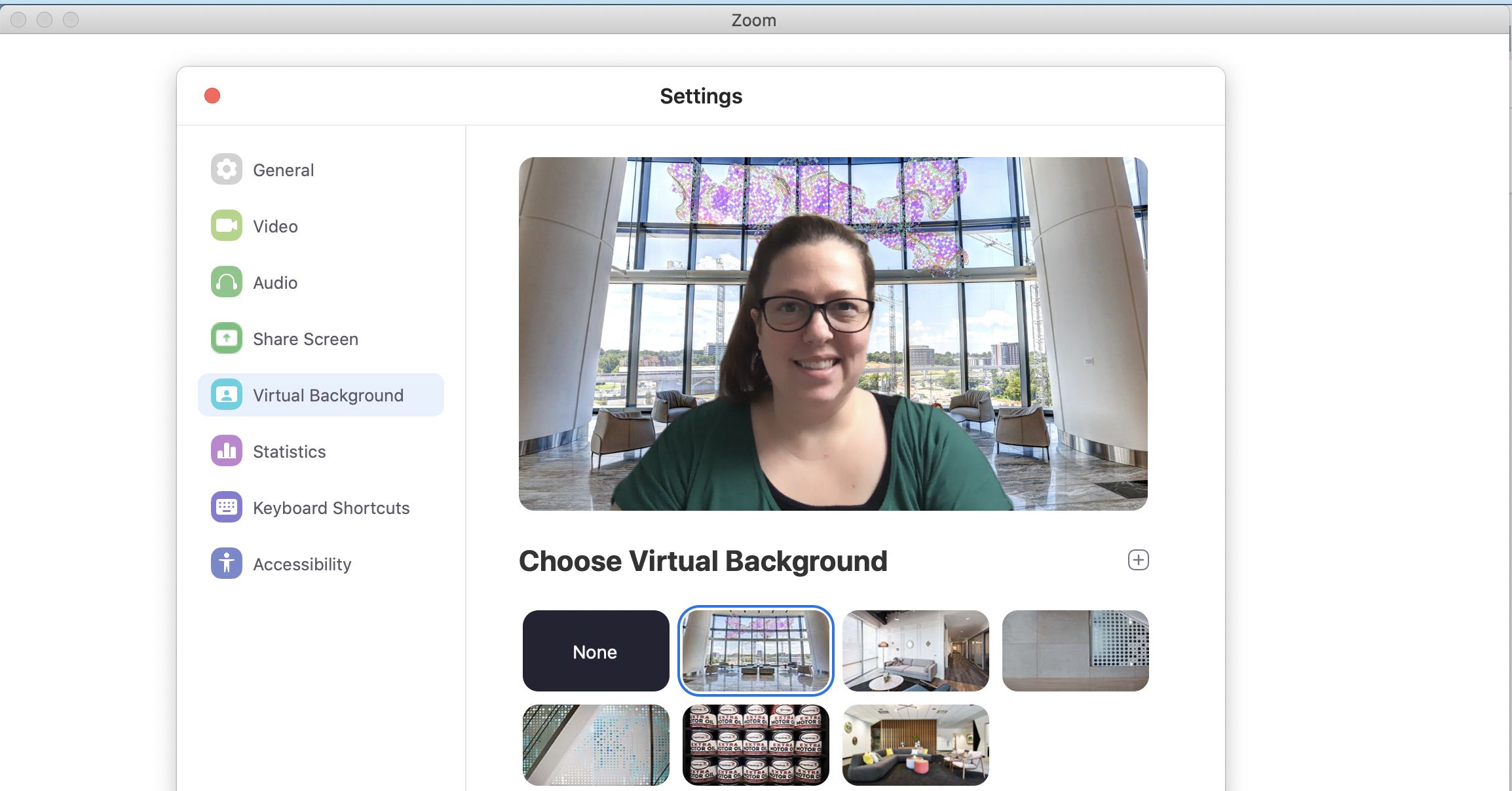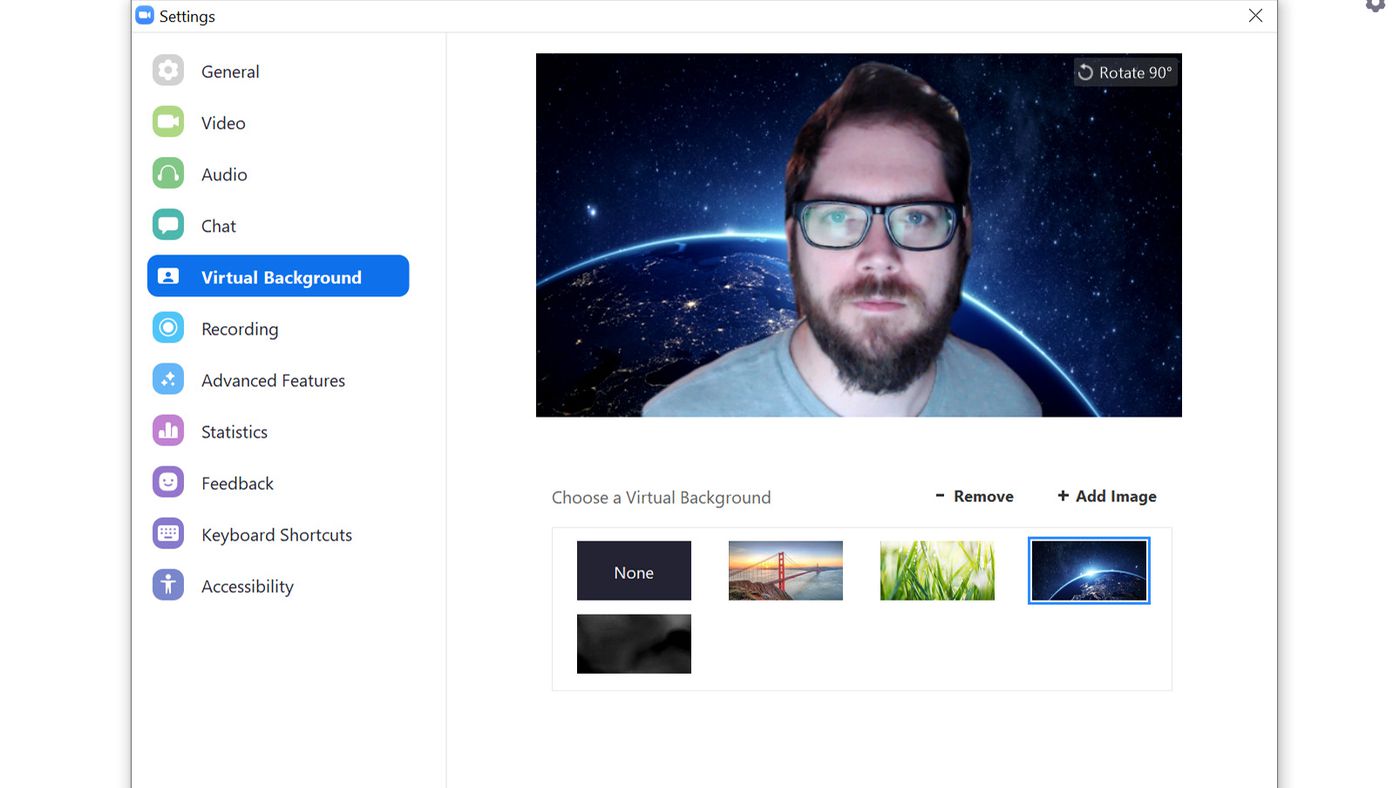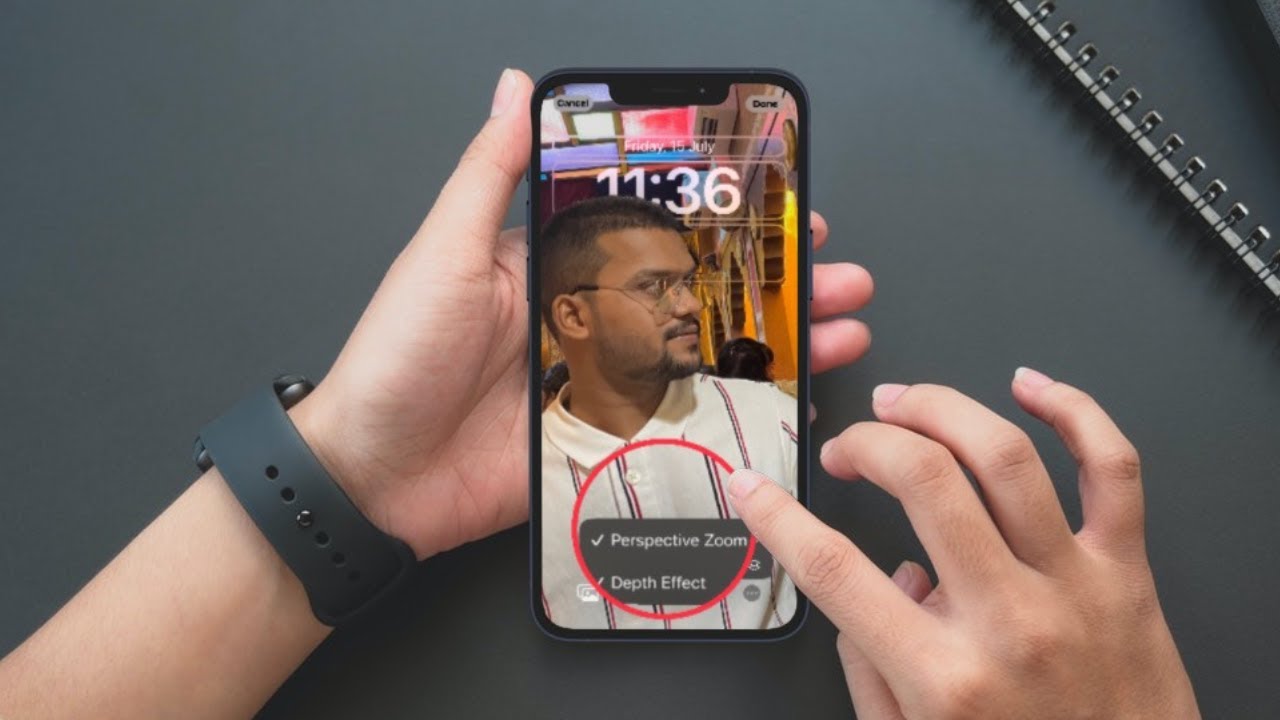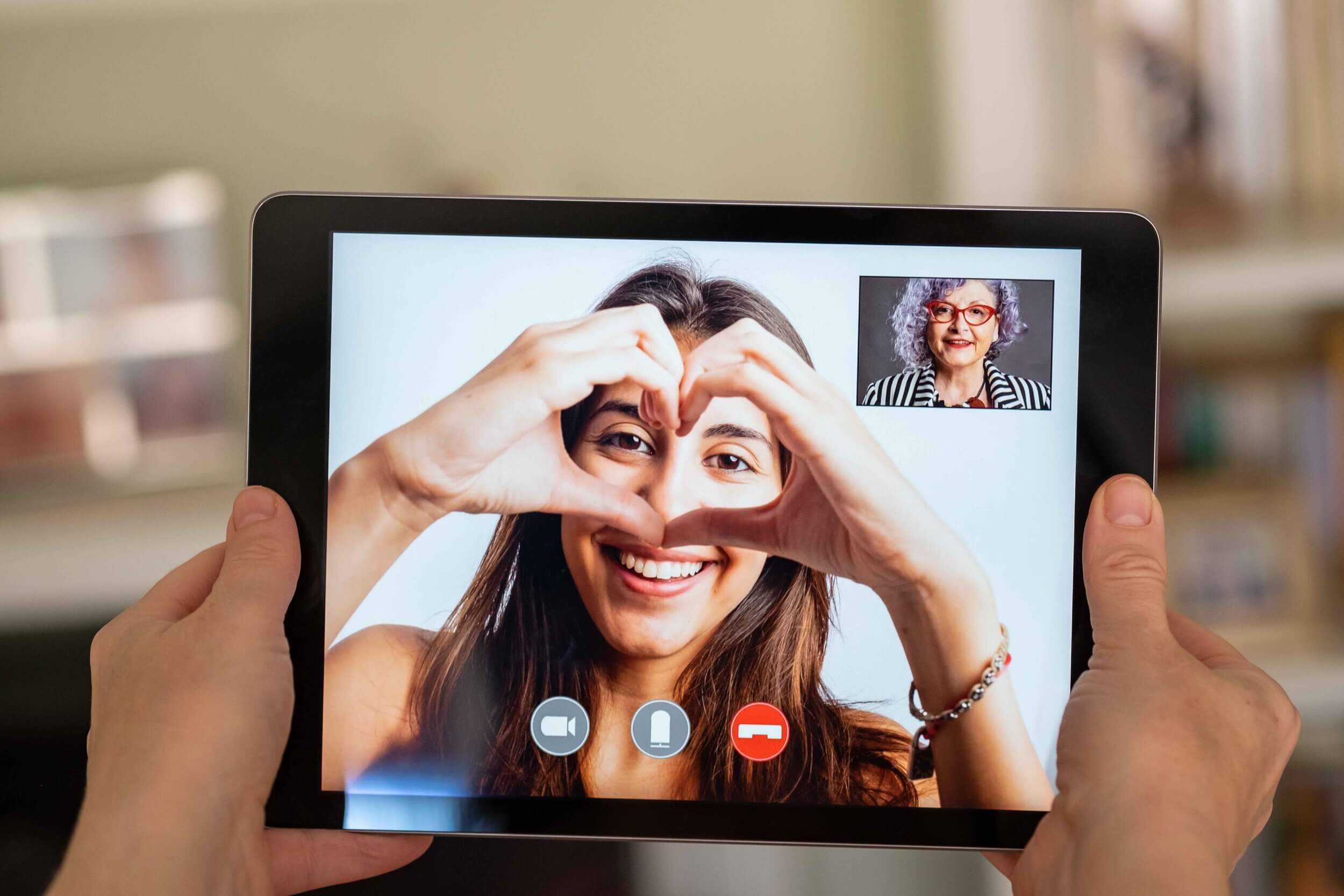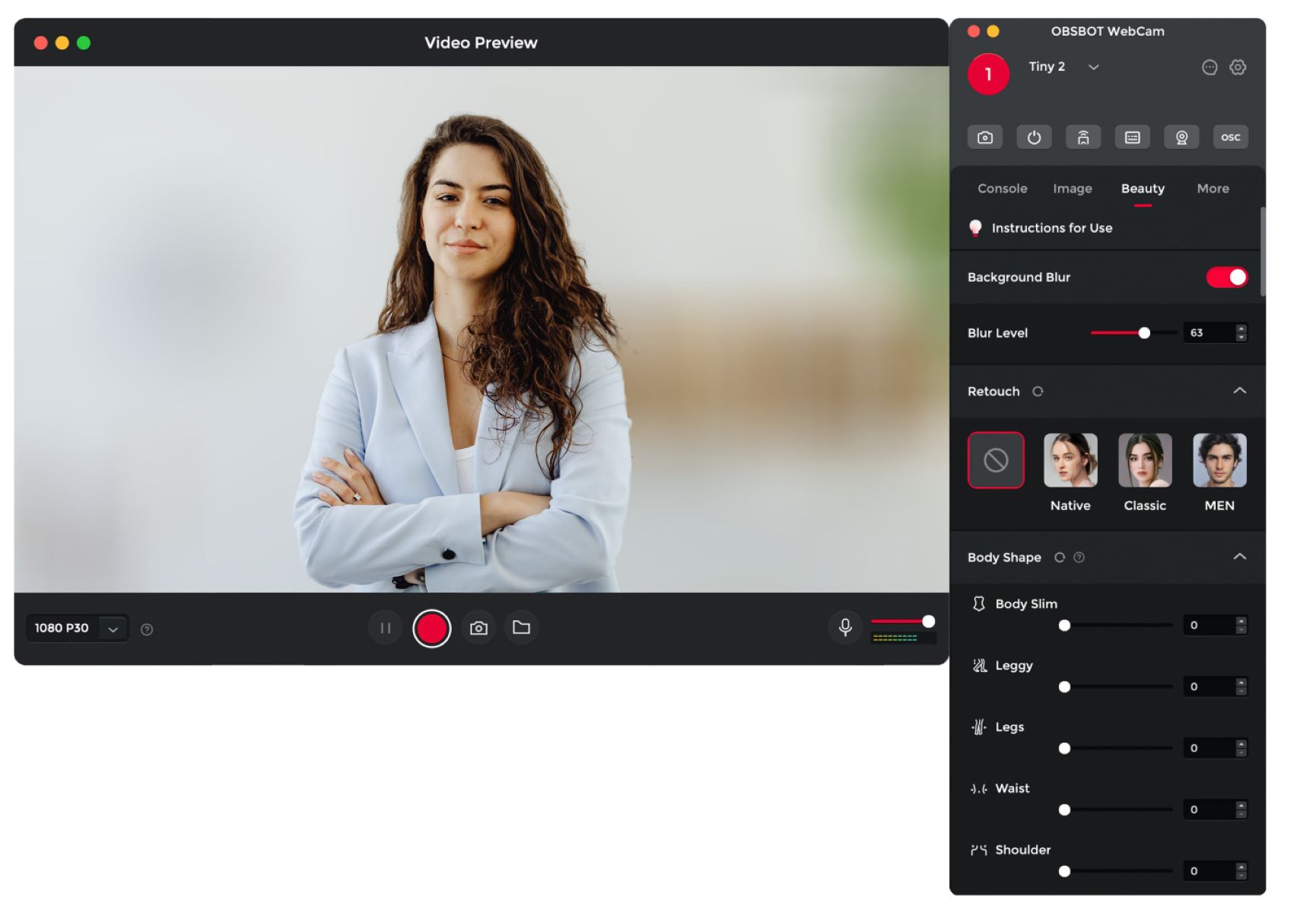Introduction
With the rise of remote work and virtual meetings, video conferencing platforms like Zoom have become an essential tool for staying connected. One feature that adds an element of fun and professionalism to your Zoom calls is the ability to add a background. Whether you want to hide a messy room, add some personality to your meetings, or project a more professional image, adding a background to Zoom can help you achieve the desired effect.
In this article, we will explore different options for adding a background to your Zoom calls. We will guide you through using Zoom’s built-in backgrounds, uploading your own background image, and even creating a green screen effect. Additionally, we’ll provide troubleshooting tips for common background issues, ensuring a seamless experience throughout your virtual meetings.
So whether you’re looking to transport yourself to a tropical beach, a bustling city, or simply want a sleek and professional backdrop, we’ve got you covered. Let’s dive into the steps and unleash your creativity with Zoom’s background features.
Setting up a virtual background in Zoom
Before you can start using virtual backgrounds in Zoom, you’ll need to make sure you have the necessary requirements. First, ensure that you’re using a compatible version of Zoom on your computer or mobile device. Virtual backgrounds are supported on the Zoom desktop client for Windows, macOS, and Linux, as well as the mobile app for iOS and Android. It’s also essential to have a stable internet connection for optimal video quality during your Zoom calls.
To enable virtual backgrounds, follow these simple steps:
1. Open the Zoom app and sign in to your account.
2. Click on the profile icon or settings gear in the top right corner of the home screen.
3. From the menu that appears, select “Settings.”
4. In the settings window, click on the “Virtual Background” tab on the left-hand side.
5. You will see a selection of preloaded virtual backgrounds provided by Zoom. Click on any thumbnail to preview the background.
6. If you want to use your own background image, click the “+” icon to upload a picture from your computer or device. Make sure the image meets Zoom’s recommended resolution and file format.
7. Once you’ve chosen a background, it will be applied to your current call. You can check how it looks by joining a test meeting or by toggling your video on during a regular Zoom call.
Keep in mind that the effectiveness of virtual backgrounds can vary depending on lighting conditions and the colors of your clothing. It’s best to experiment with different backgrounds to find one that suits your preferences and ensures a seamless integration with your video feed.
Now that you’re familiar with the setup process, let’s explore the different options available for adding backgrounds to your Zoom calls.
Option 1: Using Zoom’s built-in backgrounds
One of the easiest ways to add a virtual background to your Zoom calls is by utilizing the preloaded backgrounds provided by Zoom. These backgrounds offer a variety of professional and fun options to suit your preferences. Here’s how you can use Zoom’s built-in backgrounds:
1. Follow the steps outlined in the previous section to access the virtual background settings.
2. In the “Virtual Background” tab, you will see a selection of thumbnails representing different built-in backgrounds.
3. Click on each thumbnail to preview the background.
4. Once you’ve found a background you like, click on it to select it for your current call.
Zoom’s built-in backgrounds include a range of options, from office settings and conference rooms to virtual landscapes and abstract designs. You can opt for a realistic background that mimics a physical location or choose a more creative and whimsical background that adds a touch of personality to your calls.
It’s important to note that using Zoom’s built-in backgrounds can sometimes result in a less seamless appearance, especially if you have complex or intricate movements during your calls. In these situations, you may experience some blurring or fuzzy edges around your figure. If you encounter this issue, consider using the other options outlined in this article for a more refined background experience.
Now that you know how to use Zoom’s built-in backgrounds, let’s explore another option: uploading your own background image.
Option 2: Uploading your own background image
If you want to personalize your Zoom calls even further, you can upload your own background image. This gives you the freedom to use any picture or graphic that aligns with your preferences and desired atmosphere. Here’s how you can upload your own background image in Zoom:
1. Navigate to the virtual background settings by following the steps mentioned earlier.
2. In the “Virtual Background” tab, click on the “+” icon located next to the preloaded thumbnails.
3. A file explorer or browser window will appear, allowing you to select an image from your computer or device.
4. Choose the image you want to use and click “Open” or “Choose” to upload it to Zoom.
5. Once uploaded, the image will appear as a thumbnail in the virtual background settings. Click on it to select it for your call.
When selecting your own background image, keep in mind Zoom’s recommended resolution of 1920×1080 pixels and supported file formats, such as JPG and PNG. It’s also worth considering the composition of the image, ensuring that it doesn’t distract or interfere with your video presence.
By uploading your own background image, you can add a personal touch to your Zoom calls. This option allows you to showcase your creativity, brand, or interests, making your virtual meetings more engaging and unique.
However, it’s crucial to choose an image that is appropriate for the context of your calls. Opt for a background that maintains professionalism and doesn’t cause distractions or discomfort for other participants. Also, ensure that the color contrast between your video feed and the background is suitable for optimum visibility.
Now that you know how to upload your own background image, let’s explore another option: creating a green screen effect.
Option 3: Creating a green screen effect
For those looking for a more professional and polished background experience, creating a green screen effect is an excellent option. This technique allows you to replace your actual background with any image or video of your choice, providing a seamless and professional appearance. Here’s how you can create a green screen effect in Zoom:
1. Set up a physical green screen: Start by obtaining a physical green screen backdrop. This can be a professional green screen fabric, a green sheet, or even a well-lit wall painted in chroma key green. Ensure that the green screen is smooth and evenly lit to achieve the best results.
2. Enable the virtual background feature: Access the virtual background settings in Zoom by following the steps mentioned earlier.
3. Check the “I have a green screen” box: In the virtual background tab, you’ll find an option labeled “I have a green screen.” Check this box to activate the green screen feature.
4. Position yourself in front of the green screen: Position yourself in front of the green screen backdrop so that it fills the camera view. Make sure there is enough distance between you and the green screen to avoid casting shadows or causing reflections.
5. Select your desired background: Choose the image or video you want to use as your background. This can be a preloaded Zoom background, your own uploaded image, or any other media file. Zoom will automatically replace the green screen with your chosen background.
Implementing a green screen effect ensures a more professional and consistent background appearance, regardless of your physical surroundings. It provides a level of flexibility and control, allowing you to create a custom backdrop that reflects your brand or desired ambiance.
However, creating a green screen setup requires additional equipment and careful optimization of lighting conditions. It’s essential to have proper lighting on both yourself and the green screen, as uneven lighting can negatively affect the quality of the effect. Experiment with different lighting setups to achieve the best results.
Now that you’re familiar with creating a green screen effect, let’s address some common troubleshooting issues related to virtual backgrounds in Zoom.
Troubleshooting common background issues
While using virtual backgrounds in Zoom can enhance your video calls, you may encounter some common issues that can affect the overall experience. Here are some troubleshooting tips to help you address these background-related problems:
1. Poor background quality: If your virtual background appears pixelated or distorted, it may be due to low internet bandwidth. Try reducing the number of participants in your call or switching to a more stable internet connection for smoother background display.
2. Inconsistent background appearance: If your virtual background flickers or becomes inconsistent during the call, it may be caused by your lighting conditions. Ensure that you have sufficient lighting on your face and the background to maintain a consistent appearance. Avoid using virtual backgrounds in low-light or poorly-lit environments.
3. Blurring or bleeding edges: If your body or clothing appears blurry or blends into the background, you may need to adjust your camera settings or lighting conditions. Make sure you have ample lighting on yourself to create a clear distinction between your image and the background.
4. Image resizing issues: If your uploaded background image appears stretched or cropped, ensure that it matches Zoom’s recommended resolution of 1920×1080 pixels. Consider resizing or adjusting the image before uploading it to avoid distortion.
5. Virtual background compatibility: Some older versions of Zoom or devices may not support virtual backgrounds. Ensure that you have the latest version of Zoom installed and check the device requirements for using virtual backgrounds.
6. Background distractions: Choose a background that is appropriate for the context of your call. Avoid using backgrounds that are too busy or distracting, as they might divert attention away from the main content of the meeting.
By troubleshooting these common background issues, you can ensure a more seamless and visually appealing experience while using virtual backgrounds in Zoom. Remember to experiment with different settings, lighting conditions, and background choices to find the combination that works best for you.
Now that we’ve covered troubleshooting tips, let’s conclude with some final thoughts and additional resources to enhance your background usage in Zoom.
Final thoughts and additional resources
Adding a background to your Zoom calls can elevate your virtual meetings, whether you want to maintain professionalism, showcase your personality, or simply have some fun. By following the steps outlined in this article, you can easily set up and customize your virtual backgrounds in Zoom.
Remember to choose backgrounds that align with the purpose of your calls and optimize your lighting conditions for the best results. Whether you decide to use Zoom’s built-in backgrounds, upload your own images, or create a green screen effect, the choice is yours.
If you want to explore further, here are some additional resources that can deepen your understanding and enhance your background usage in Zoom:
1. Zoom Help Center: Visit the official Zoom Help Center for comprehensive guides, FAQs, and troubleshooting tips related to virtual backgrounds.
2. Zoom Community Forums: Engage with other Zoom users in the community forums to share experiences and learn from others who have utilized virtual backgrounds effectively.
3. Video tutorials: Browse YouTube or other video-sharing platforms for step-by-step tutorials on setting up virtual backgrounds in Zoom. These visual guides can provide additional assistance and inspiration.
4. Professional green screen setup: If you’re looking to create a high-quality green screen effect, consider investing in professional green screen backdrops and lighting equipment. Research reputable vendors and consult online reviews to ensure you make informed purchasing decisions.
Remember, virtual backgrounds in Zoom can be a powerful tool to enhance your online presence and create a visually engaging experience. Experiment with different options, unleash your creativity, and enjoy the benefits of a personalized and professional video conferencing setup.
Now that you’re equipped with the knowledge and resources, go ahead and transform your Zoom calls with captivating backgrounds!







